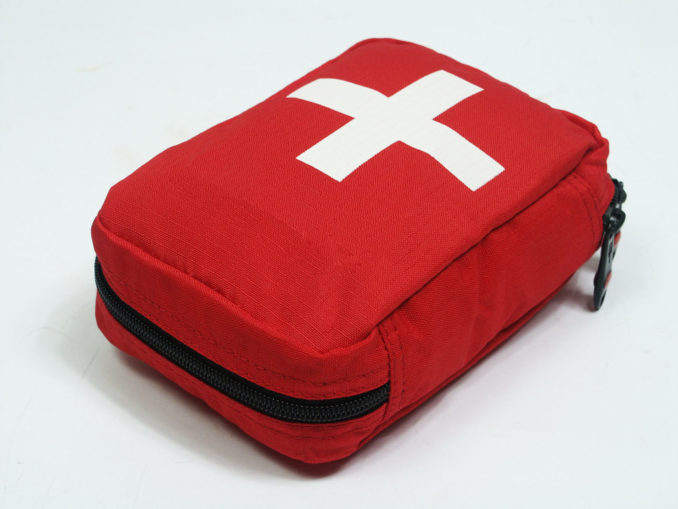
NOTE: Allowed first aid items in carry-on and checked luggage can change at any moment. Please verify your country’s Transport Security Authority’s policies before packing your luggage! If you still have doubt, don’t bring it or put it in your checked luggage.
What matters the most is that you don’t go all “Traveler’s What If Syndrome” while packing. What you can do to save yourself some space and time is to do as much as you can in advance. Those things include:
-begin using probiotics 7-10 days before departure to give your digestive system a head start;
-get all your vaccinations/shots before you leave and/or keep them up to date (Tetanus or Typhoid are only good for a certain number of years, but others like Rabies or Hepatitis A & B are generally good for life) and don’t forget to carry your immunizations documents when away;
-visit a Travel Clinic to get tips and advice on the health risks of your destination to avoid pack unnecessary things and/or forget the important ones.
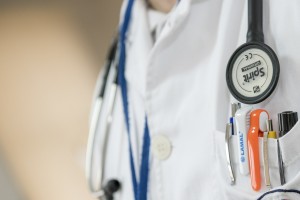
Items marked ■
Should be packed in your CHECKED LUGGAGE, as they might be considered hazardous/dangerous on board by Airport Security and you don’t want to have items taken away from an already basic kit!
Items marked ▲
Should be fine in your carry-on, but you might have to include them in a ziptop bag with other liquids/gels in <100 ml format and/or presented separately for verification (read more on the US Transport Security Administration Website, or Canada’s Travel.gc.ca or your country’s authority in terms of Transport Security.)
Items marked §
Can normally be allowed in your carry-on, as “exempted medication” without too many limitations for size/weight. Should be packed all together in a ziptop bag, separately from the ziptop containing your liquids/gels in <100 ml. (Can change from one country to another; contact lenses solution was fine in Montreal, Canada to pretty much anywhere, but they took it away at London-Gatwick, England.) Also: non-liquid/gels medications shouldn’t be an issue, as long as they are presented with the original prescription bottle (or retail package).
Can normally be allowed in your carry-on, as “exempted medication” without too many limitations for size/weight. Should be packed all together in a ziptop bag, separately from the ziptop containing your liquids/gels in <100 ml. (Can change from one country to another; contact lenses solution was fine in Montreal, Canada to pretty much anywhere, but they took it away at London-Gatwick, England.) Also: non-liquid/gels medications shouldn’t be an issue, as long as they are presented with the original prescription bottle (or retail package).
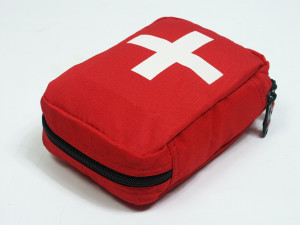
I don’t recommend your bring all these items along in your carry-on; stick to your prescribed medication, any “essential to life” items (i.e. Contact lenses solution) that can hardly be replaced if your checked luggage is delayed/lost.
Basis First Aid Kit
| § | Oral re-hydration salts (for serious vomiting and/or diarrhea cases; few pouches will do fine) |
| § ▲ | Antibiotic Ointment (to make sure gauze/band-aids won’t stick to the injury and skin around it when removing or changing bandages) |
| ■ | Scissors (always useful; try to keep those clean, especially if you have to cut some bandages with it!) |
| ■ | Small tweezers (in case of splinter or to remove debris in an injury) |
| ▲ | Tiger Balm or similar camphor rub/ointment (for sore/sprain muscles, also a great decongestant) |
| § ▲ | Cortisone Cream (for skin rashes and to relieve the itchiness of insect bites) |
| § ▲ | Good quality Probiotics that won’t need refrigeration (efficient & natural way to get rid of Traveler’s Diarrhea; you can’t overdose on this; also helps prevent some ladies’ infection) |
| § ▲ | Contact lenses solution & case |
| § ▲ | Small individually wrapped rubbing alcohol pads (no big, bulky peroxide or alcohol bottle) |
| Lozenges (good for a sore throat but also great against bad breath and/or motion sickness if it contains ginger) | |
| Tape (to maintain band-aids or gauze in place, can also be used to tape other things together, seal packages or be part of a splint) | |
| Floss (can tie a lot of things together and help make a splint for a broken toe or finger) | |
| Few band-aids, different sizes (just a few until you find more in a local drugstore) | |
| Sterile-type gloves (limit yourself to 1 pair) | |
| Gauze (ideal for scraped knee/elbow/other areas where band-aids won’t stay in place; use tape to keep in place) | |
| Finger cots (in case you cut your finger/toe and want to make sure you keep it clean; dirt and moisture are not good for healing, so this will protect it) | |
| Elastic bandage (average size like for ankle, elbow or wrist) | |
| Pocket mirror |
ONLY IF YOU REALLY NEED IT (otherwise skip!)
Should you really need to bring these: bring a little more than expected of the medication that is essential to your well-being (example: pills for cardiac problems or chronic illnesses), in case there would be a problem while you’re gone and your stay is extended due to bad weather, sickness, etc. Those essential medications MUST be in your carry-on, for your own safety and to avoid not having them in the case of lost/delayed luggage.
Extra first aid items (pack only if needed)
| § | Gravol or equivalent (for motion sickness; can help knock you out if you really need to sleep!) |
| § | Anti-inflammatory/Pain medication |
| § | Allergy caplets (milder cetirizine or more hard-core diphenhydramine a.k.a. Benadryl) |
| § | Antibiotics |
| § | Malaria, Altitude sickness medication, etc. |
| § | Prescribed or not ESSENTIAL medication |
| § | Water treatment tabs (only if you have an increased risk of not having access to drinking water) |

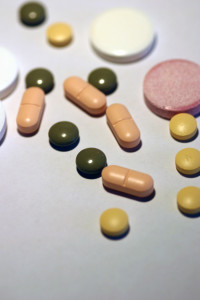
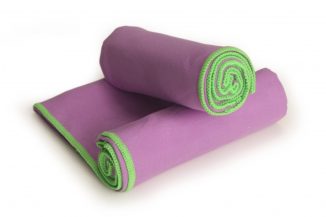
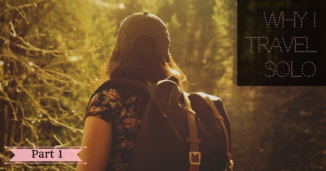
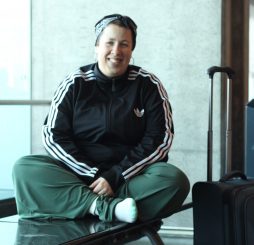
One item I *never* travel without is a 2oz tube of Gold Bond Medicated Ointment. If you get chaffed from walking/sweating/skin rubbing together, this stuff cures you overnight! Other ointments sometimes take a couple of days, but this is my “miracle cure”. It does have a tendency to burn at first, especially on raw/chaffed skin, but it is well worth it! The discomfort only lasts a few seconds, but you will be so thankful the next day (or a few hours later)!!!
Another suggestion for people who tend to retain water when they walk more than usual, is I also always travel with naproxin sodium (an anti-inflammatory) and either ace bandages or compression socks (because airplanes have a tendency to make my feet/ankles/lower-legs swell) Compression socks will take up less space in your luggage, if you are packing light.
Also, don’t forget the chap stick. It is small, but your lips/hands will thank you if you end up in a dry area! (I say hands because, in a pinch, you can also use it as lotion)